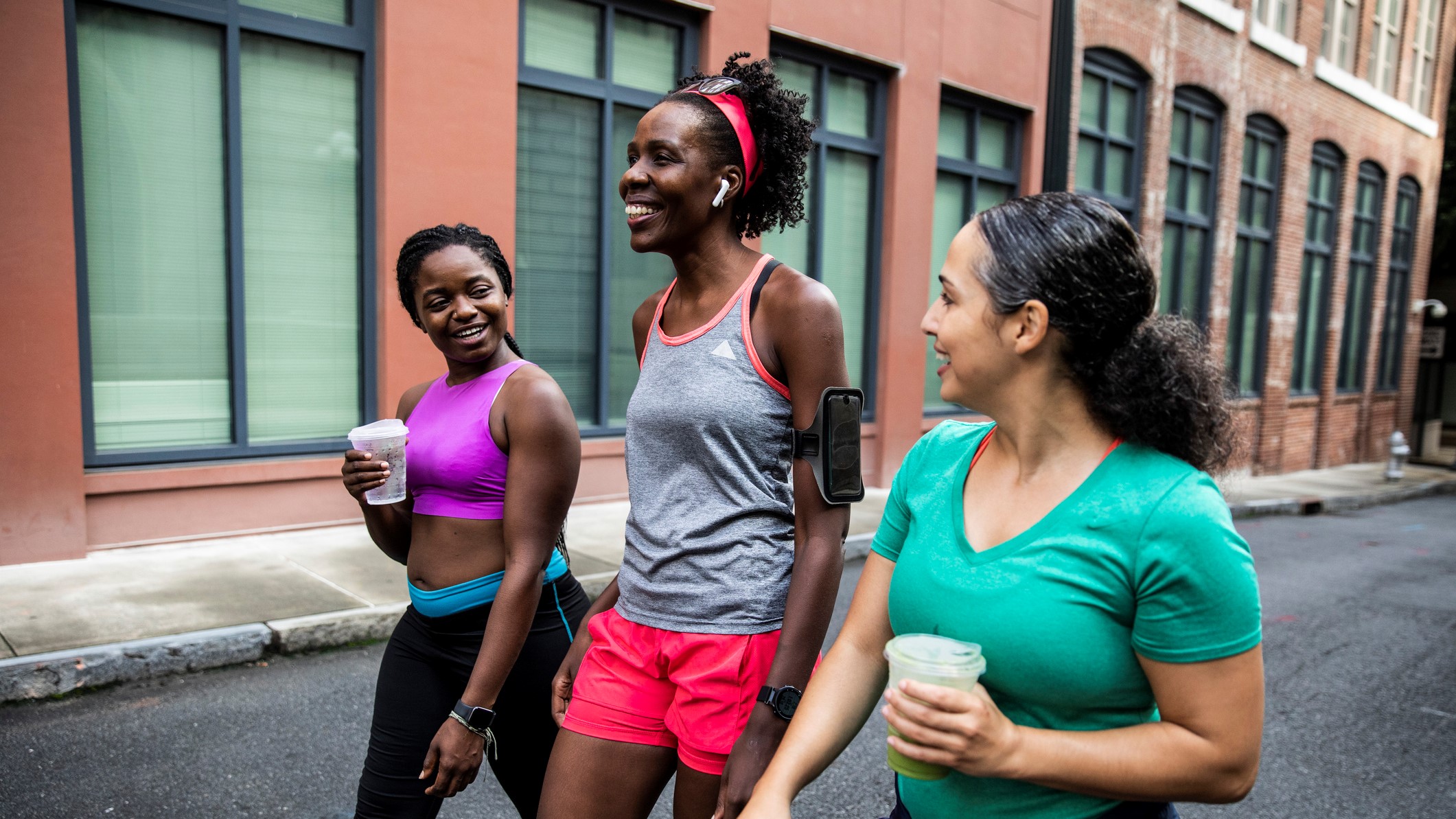
You’ve probably heard of zone two training, but what about zone zero? Heart rate zone training is becoming increasingly popular, with many people paying close attention to what the best fitness tracker on their wrist tells them or even wearing chest straps for more accurate feedback.
For everyday exercisers, though, all that data can feel confusing and unnecessary. Zone zero strips things back. It's easy to do, requires no specialist tech or complicated calculations, and still offers benefits.
Fitness trends appear online every year. Some demand all-out intensity and discipline, while others focus on making exercise more approachable. Zone zero belongs firmly in the latter group. It takes very little effort, yet comes with advantages that make it worth knowing about.
To explain what zone zero training involves and why it could matter for you, we spoke with Dr. Joey Masri, physical therapist, strength coach and founder of Vice City Sports Medicine.
What is zone zero training?
Zone zero training is essentially a step up from being sedentary, but in a way that "gives little perceived effort or strain," says Dr. Masri. Activities like light walking, gentle stretching, or even everyday housework all qualify. Pretty doable, right?
From a coaching perspective, Masri explains that strength coaches and trainers have long considered zone zero a form of active recovery. It helps keep people moving, clears out the by-products of exercise such as lactate and prepares the body for tougher sessions ahead.
I actually was prescribed this type of exercise last year after a minor health scare flagged by my Garmin watch regarding my heart. My doctor advised me to keep all activity at a conversational pace until we figured out what was going on. In other words, he was telling me to stay in zone zero whenever I exercised.
What are the benefits of zone zero training?
First of all, with zone zero training becoming more trendy, it’s starting to take high-intensity exercise off a pedestal. Or at least, it’s carving out a space for people who don’t enjoy pushing themselves to extremes and prefer lower-intensity movement like walking, mobility work, or gardening.
Maybe it’s the stage I’m at in my late twenties, but I’ve lost count of how many peers are signing up for Hyrox, a marathon, or an Ironman (myself included). Incredible feats, sure, but does the rise of big endurance events make people who do gentler exercise feel like their efforts aren’t enough?
Yet the research suggests that high intensity isn’t the only way to see notable health benefits. For example, a 2022 review published in The Lancet found that taking more steps daily lowers the risk of mortality, and it doesn't matter if you walk fast or slow.
The researchers suggest that older adults (60 and over) benefit most from around 6,000–8,000 steps a day, while younger adults see the biggest gains at 8,000–10,000 steps.

If you lead a largely sedentary life — whether you are desk-bound by your job, recovering from an injury, or just feel like exercise is not for you — zone zero can be a perfect way to get moving. Gentle cycling, low-intensity yoga, light mobility work, walking, or even doing chores all count. It is free, simple and can be done at home.
Dr. Masri says, "Fitness is a relative term. Beginners have to start somewhere before more intense programs are introduced. This population may also see zone zero as useful in dramatically improving key health metrics such as blood pressure, glucose control, circulation and even mood."
Zone zero isn’t just for beginners. Even if you tackle tough workouts regularly, they still have real benefits. Masri points out that it helps manage fatigue, supports recovery between sessions and can be great for your mental health.
Is it enough to just do zone zero training?
The answer to this will vary from person to person. But generally speaking, if you can engage in higher-intensity exercise such as running, cycling, or strength training, it’s important to include these in your routine alongside zone zero, because they provide benefits like building strength, boosting endurance and supporting cardiovascular health that low-intensity movement alone can’t deliver.
However, if high-intensity exercise isn’t something you do currently, can’t safely do, or simply isn’t your thing, zone zero is still valuable. Masri points out, “Gentle and restorative movement will always have its place in fitness.” It can help you stay active, support recovery and build consistency, while still leaving room to explore more challenging workouts later if and when you feel ready.
Follow Tom's Guide on Google News, or add us as a preferred source, to get our up-to-date news, analysis, and reviews in your feeds. Make sure to click the Follow button!
More from Tom's Guide
- I asked a coach for the single best strength exercise for runners and this was his pick
- Physical therapist reveals 3 moves that relieve shoulder pain and improve your range of motion
- No more crunches! This trainer’s dumbbell workout takes under 20 minutes and builds stronger arms and abs at the same time







